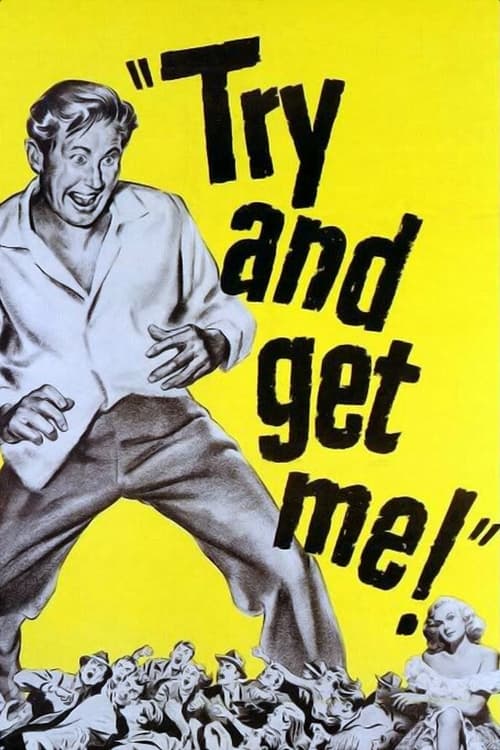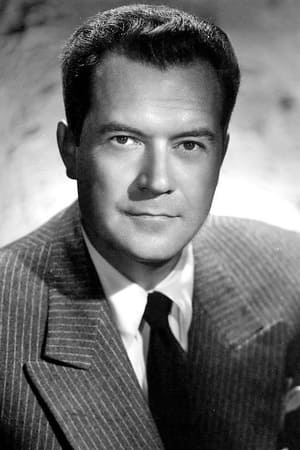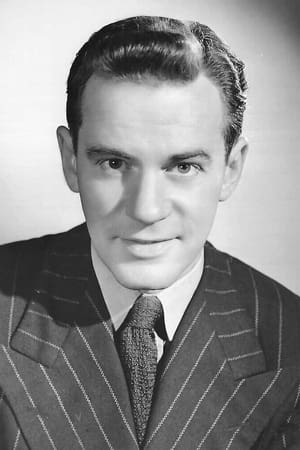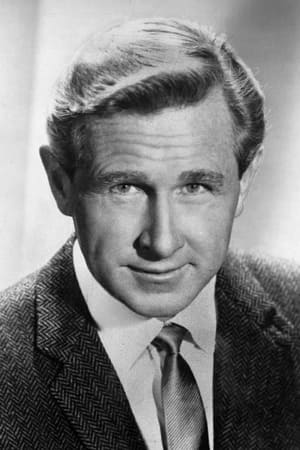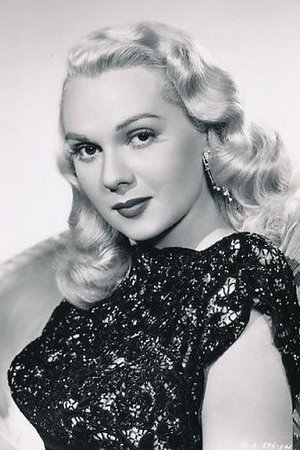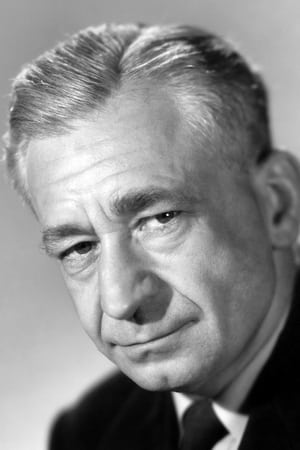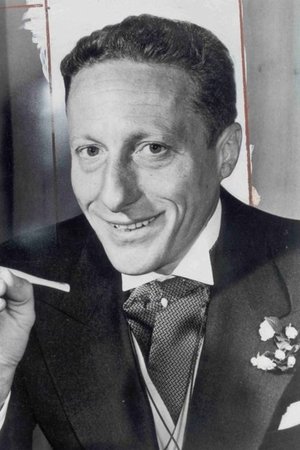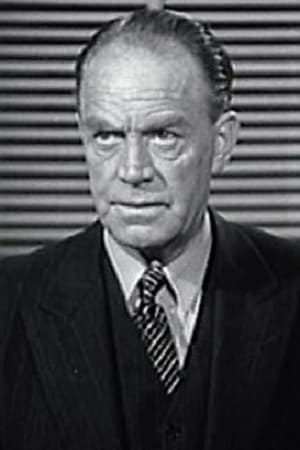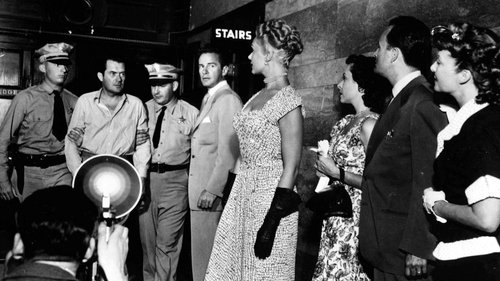
CinemaSerf
7
|
Feb 06, 2024
With another baby on the way, the jobless "Tyler" (Frank Lovejoy) is desperate to find work. Repeatedly rejected, he ends up doing some driving for the small-time thief "Slocum" (Lloyd Bridges) and after a few heists, their financial situation improves markedly. His wife "Judy" (Kathleen Ryan) thinks he's got a nightshift somewhere but boy does she get a shock when it emerges that her husband is now implicated in the brutal murder of the young son of a wealthy man. When his body is found the police apprehend both "Tyler" and "Slocum" and soon, spurned on by the sensationalising journalist "Stanton" (Richard Carlson), an angry mob is outside the police station - and it is baying for blood. For much of this film, it's a standard petty crime goes wrong drama and neither Lovejoy nor Bridges really stand out. It's the last half hour where this film comes into it's own a little more. Carlson is good as the odious newspaper man who cares little about anything but his task to increase circulation and with the increasing tension inside a police station besieged by a determined mob, Cy Endfield manages to create a denouement that shows just how thin the line between lawfulness and lawlessness can be - especially when goaded and galvanised by a sense of righteousness. Oddly enough, the conclusion still resonates quite effectively even now, and for thirty minutes - at least - this is a thought-provoking film to watch.
